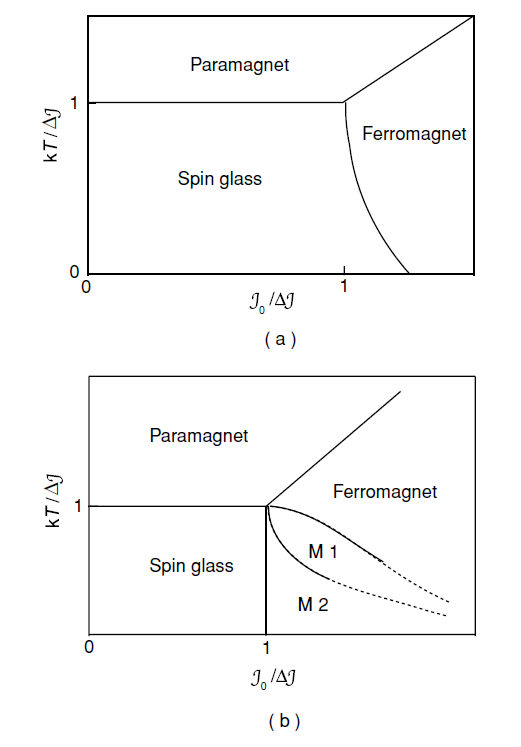
تاريخ الفيزياء

علماء الفيزياء


الفيزياء الكلاسيكية

الميكانيك

الديناميكا الحرارية


الكهربائية والمغناطيسية

الكهربائية

المغناطيسية

الكهرومغناطيسية


علم البصريات

تاريخ علم البصريات

الضوء

مواضيع عامة في علم البصريات

الصوت


الفيزياء الحديثة


النظرية النسبية

النظرية النسبية الخاصة

النظرية النسبية العامة

مواضيع عامة في النظرية النسبية

ميكانيكا الكم

الفيزياء الذرية

الفيزياء الجزيئية


الفيزياء النووية

مواضيع عامة في الفيزياء النووية

النشاط الاشعاعي


فيزياء الحالة الصلبة

الموصلات

أشباه الموصلات

العوازل

مواضيع عامة في الفيزياء الصلبة

فيزياء الجوامد


الليزر

أنواع الليزر

بعض تطبيقات الليزر

مواضيع عامة في الليزر


علم الفلك

تاريخ وعلماء علم الفلك

الثقوب السوداء


المجموعة الشمسية

الشمس

كوكب عطارد

كوكب الزهرة

كوكب الأرض

كوكب المريخ

كوكب المشتري

كوكب زحل

كوكب أورانوس

كوكب نبتون

كوكب بلوتو

القمر

كواكب ومواضيع اخرى

مواضيع عامة في علم الفلك

النجوم

البلازما

الألكترونيات

خواص المادة


الطاقة البديلة

الطاقة الشمسية

مواضيع عامة في الطاقة البديلة

المد والجزر

فيزياء الجسيمات


الفيزياء والعلوم الأخرى

الفيزياء الكيميائية

الفيزياء الرياضية

الفيزياء الحيوية

الفيزياء العامة


مواضيع عامة في الفيزياء

تجارب فيزيائية

مصطلحات وتعاريف فيزيائية

وحدات القياس الفيزيائية

طرائف الفيزياء

مواضيع اخرى
Quantum phase transitions
المؤلف:
J. M. D. COEY
المصدر:
Magnetism and Magnetic Materials
الجزء والصفحة:
229
21-2-2021
2055
Quantum phase transitions
Quantum phase transitions take place at 0 K, unlike normal phase transitions which occur as a function of temperature, driven by the greater entropy of the high-temperature phase. An electronic phase transition as a function of composition x or gate voltage, or a magnetic phase transition as a function of J0/ΔJ (Fig. 1) may be examples of a quantum phase transition. Magnetic field or pressure are the easiest variables to control in the laboratory. In any case, by tuning some variable g one may enter a region where two states compete to be the ground state of the system. In quantum systems, fluctuations like those described by the uncertainty principle are always present.
An example is the compound LiHoF4, where the Ho3+ ion sits in a site with uniaxial anisotropy which stabilizes an MJ = ±8 doublet, giving the ion an Ising-like character. Weak coupling between the Ho3+ ions causes the compound to order ferromagnetically at 1.6 K. A field applied perpendicular to the axis causes tunnelling between the two states, and eventually destroys the ferromagnetic order, creating a quantum paramagnet.

Figure 1: Theoretical phase diagrams calculated in mean field theory for (a) an Ising spin glass by D. Sherrington and S. Kirkpatrick (Phys. Rev. Letters 35, 1792 (1975)) and (b) for vector spins by M. Gabay and G. Toulouse (Phys. Rev. Letters 47, 201 (1981)). There is a distribution of exchange of width Δ and average value J0.
and average value J0.
 الاكثر قراءة في المغناطيسية
الاكثر قراءة في المغناطيسية
 اخر الاخبار
اخر الاخبار
اخبار العتبة العباسية المقدسة

الآخبار الصحية















 قسم الشؤون الفكرية يصدر كتاباً يوثق تاريخ السدانة في العتبة العباسية المقدسة
قسم الشؤون الفكرية يصدر كتاباً يوثق تاريخ السدانة في العتبة العباسية المقدسة "المهمة".. إصدار قصصي يوثّق القصص الفائزة في مسابقة فتوى الدفاع المقدسة للقصة القصيرة
"المهمة".. إصدار قصصي يوثّق القصص الفائزة في مسابقة فتوى الدفاع المقدسة للقصة القصيرة (نوافذ).. إصدار أدبي يوثق القصص الفائزة في مسابقة الإمام العسكري (عليه السلام)
(نوافذ).. إصدار أدبي يوثق القصص الفائزة في مسابقة الإمام العسكري (عليه السلام)


















